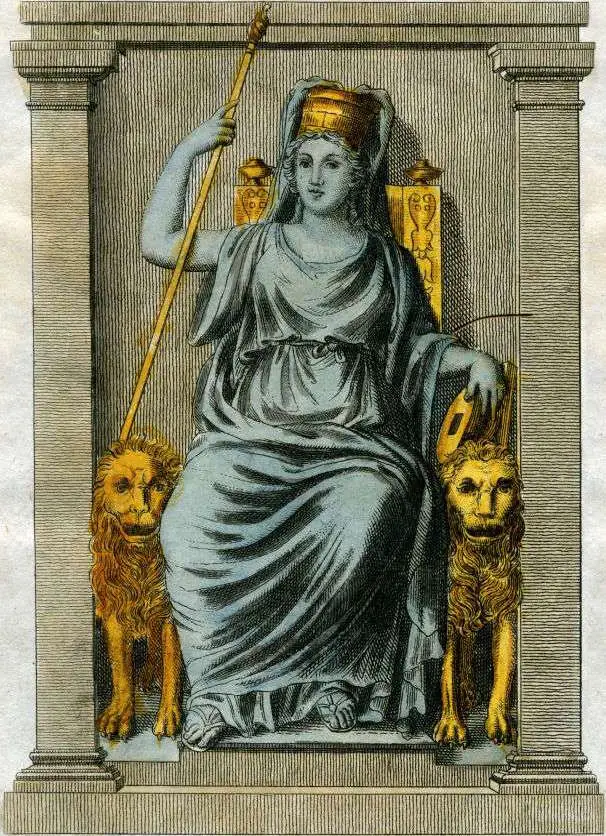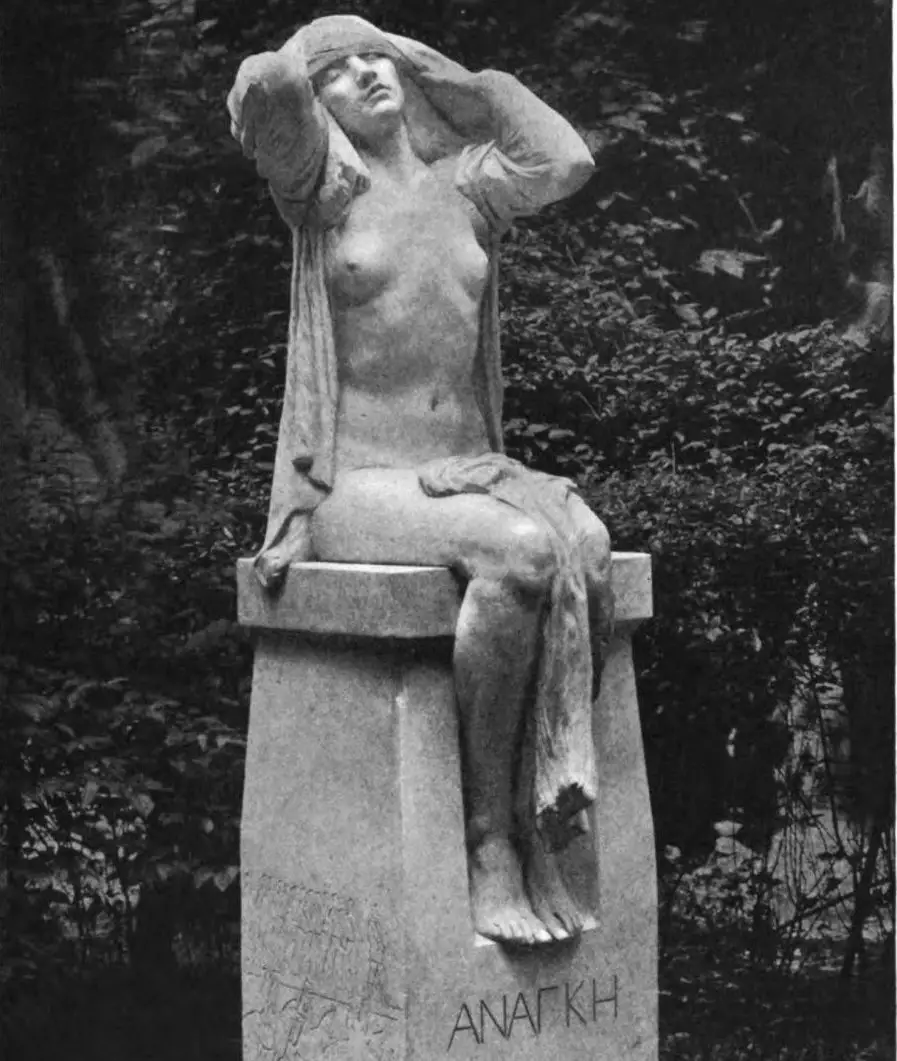Tag: dike
G. de Santillana: “History to be rewritten”. Reflections on "Ancient Fate" and "Modern Affliction"
(image: Gilbert Bayes, ananke, sculpture)
Extract from the essay by Giorgio de Santillana «History to rewrite", Written in 1968 and published the following year by the Massachusetts Institute of Technology, later (1985) translated and published in Italy by Adelphi in the collection of writings entitled"Ancient fate and modern fate».
Preface and notes by Marco Maculotti. Our italics.
Cyclic time and its mythological meaning: the precession of the equinoxes and the tetramorph
di Andrew Casella
It will certainly not go unnoticed by those who are at least a little accustomed to sacred science, a Christian symbol that has always stood out on the facades of churches, adorns manuscripts and is even found on a tarot blade: the tetramorph. This symbol draws its origin from the famous vision of Ezekiel (Ez. 1, 4-28) which St. John later poured into his own Apocalypse. These are four figures that surround the throne of God: the first has the appearance of a lion, the second of a bull, the third of a man and the fourth of an eagle in flight (Ap. 4, 7). Traditionally, these strange figures (which the Apocalypse calls the "Living") are attributed a literary value: in fact, they are the four evangelists, Matthew, Mark, Luke and John. These figures, however, as mentioned, can be found (even more strangely, one might say) also on a tarot blade, and precisely the number XXI, which designates the world.



